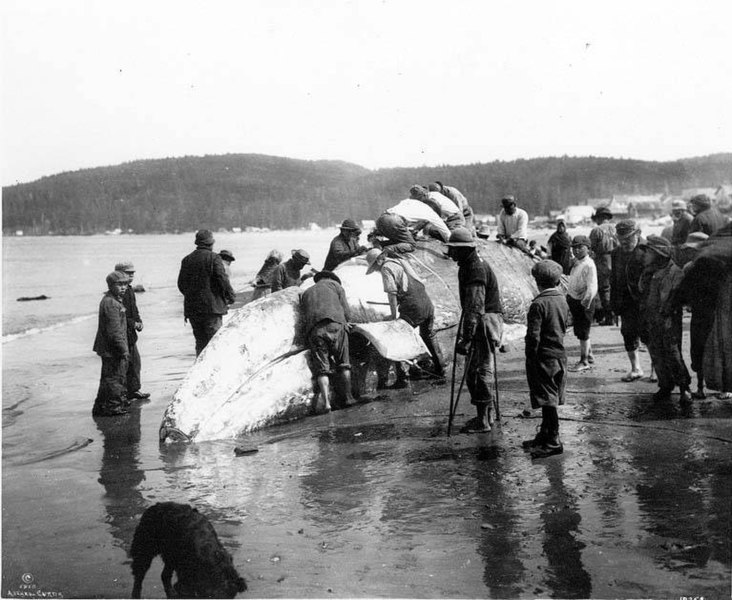In the past few weeks, COVID-19 has completely upended our way of life. The scale of COVID has thus transformed our landscape. In response to the growing anxieties and uncertainties that COVID has produced in our lives, many have been told to socially isolate themselves by staying home as much as possible.
However, a certain subset of people has taken a different approach. The wealthy are fleeing high density COVID hotspots for less dense, quieter cities and neighborhoods. This is happening most notably with New Yorkers who have fled the Big Apple for second homes in quieter homier New England neighbors or even farther.
History has shown us that this pattern is neither surprising nor uncommon. The wealthy experience pandemics much differently from the rest of the world, and sometimes that means not very much at all.
In the 19th century, the U.S. was plagued with numerous and sporadic outbreaks of cholera from 1832 until 1866. Cholera’s symptoms were swift and violent: diarrhea, vomiting, dehydration and cyanosis turned victims black and blue. The appearance of symptoms was a certain death knell with only a day if not a few more hours left to live.
Charles E. Rosenberg’s book The Cholera Years details the impact of cholera on the American consciousness and culture. One such reaction to the first 1832 outbreak in New York was mass exodus. The Evening Post in 1832 wrote: “The roads, in all directions, were lined with well-filled stage coaches, livery coaches, private vehicles and equestrians, all panic struck, fleeing from the city.”
As the country battled numerous outbreaks, responses to cholera changed each time. Initially, when the reasons for the disease were moral, people simply fled the cities, which at the time were regarded as literal and symbolic cesspits of filth and decay, and headed for the healing hills of the countryside. The unbridled and unregulated growth of the urban environment, fueled by industrialization and capitalism, was a scary and dirty place, and many were skeptical about life there.
But as cities grew and became more accepted as a mode of human life, “flight to the country was no longer in 1866, as it had been to many in 1849, an acceptable solution to urban problems”. This shift in strengthened the argument for mass improvements to urban sanitation and clean water infrastructure.
We see the same patterns being repeated today and have seen it as a reaction to other crises: billionaires relocating to areas that will be less impacted by climate change, Elon Musk’s mission to colonize Mars.
However, the nature of these departures and of the departures of cholera is different from COVID. While cholera was non-contagious, caused not by contact with others, but by transmission of via contaminated water, COVID’s danger lies in how easily it spreads between others, and the minimal or delayed onset of symptoms in many victims.
Thus, the exodus of New Yorkers to other, less populated areas of the country, has sparked criticism and discussions of ethics. Some who have already relocated to suburban havens have even reported feeling ostracized for their places of origin, even motivating one Manhattanite to leave behind his New York license plate when driving in Connecticut. [https://www.washingtonpost.com/national/coronavirus-new-yorkers-stigmatized/2020/04/03/da96b9d2-7442-11ea-a9bd-9f8b593300d0_story.html ]
Despite huge evolutions in technology, tracking, and public health research, it appears that the same human impulses of history are repeating themselves.





















